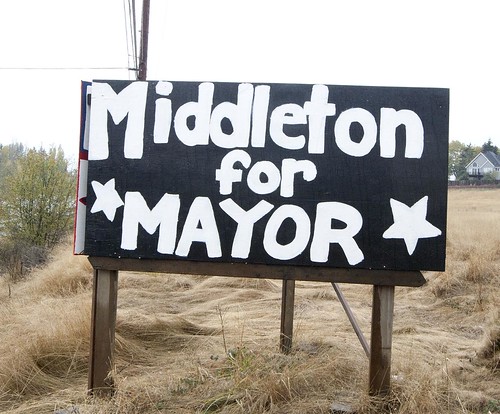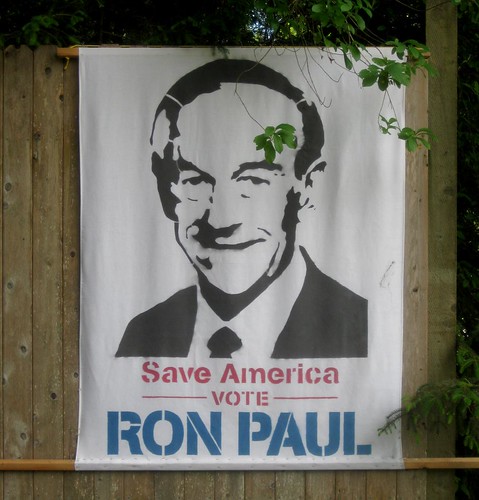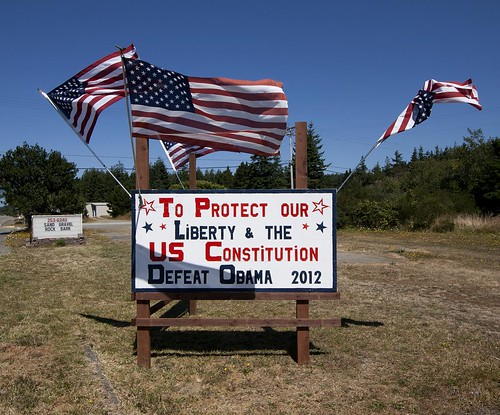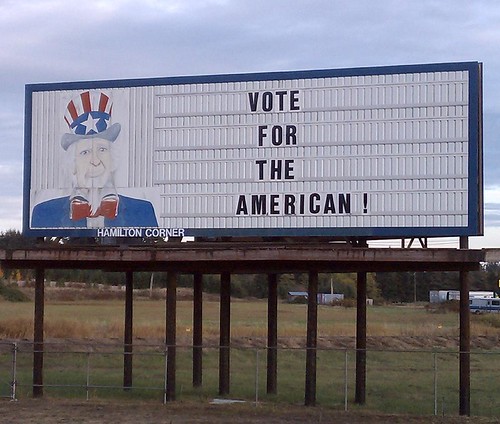Monday, 2:49am
5 November 2012
What are they thinking?
These unique, plebeian graphic executions – ephemeral, often questionable lawn signs – embody the US Constitution’s First Amendment guarantee of free speech, says Mike Kippenhan.
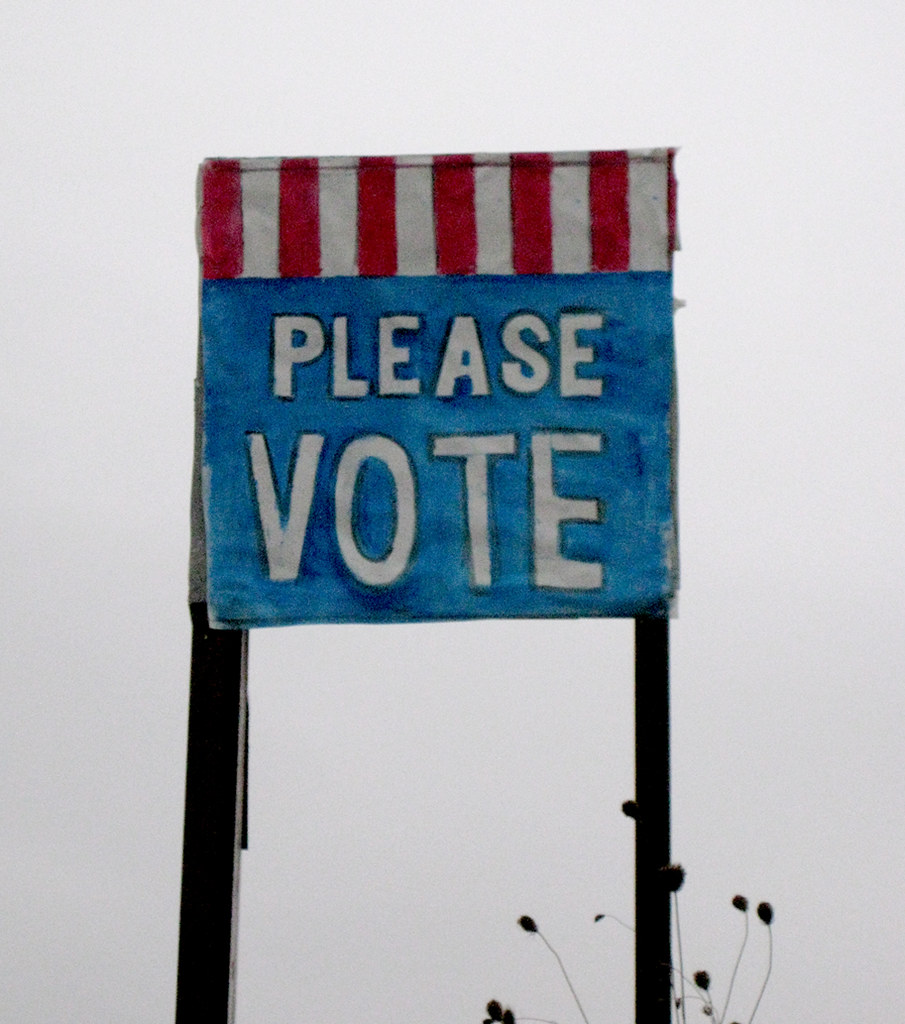
In the United States, automobile bumper stickers and lawn signs are the preferred way of informing others non-verbally of one’s political affiliation, writes Mike Kippenhan.
The lawn sign has now become so ubiquitous (and cheap to produce) that even candidates in regional and local elections can easily afford to present a clean, graphic representation of their political affiliation and desired governmental office.
But for some political supporters, the lawn sign’s simple branding isn’t enough to reflect either their fervent support of a candidate, or their deep indignation towards an incumbent.
Hand-painted, stencilled, printed digitally or, on rare occasions, plastered on a billboard, the do-it-yourself political sign picks up where the lawn sign left off.
These unique, plebeian graphic executions are the sort of ephemeral, often questionable, expressions of opinion that truly embody the US Constitution's First Amendment guarantee of free speech.
Eye is the world’s most beautiful and collectable graphic design journal, published quarterly for professional designers, students and anyone interested in critical, informed writing about graphic design and visual culture. It is available from all good design bookshops and online at the Eye shop, where you can buy subscriptions, back issues and single copies of the latest issue. You can also browse visual samples of recent issues at Eye before You Buy.


